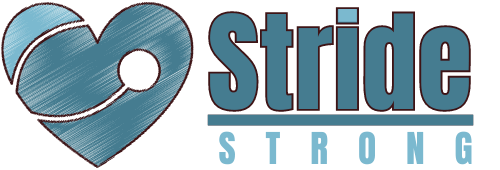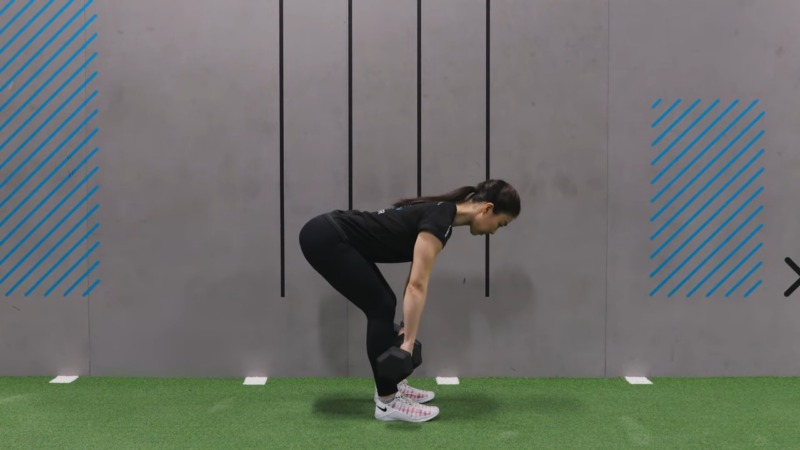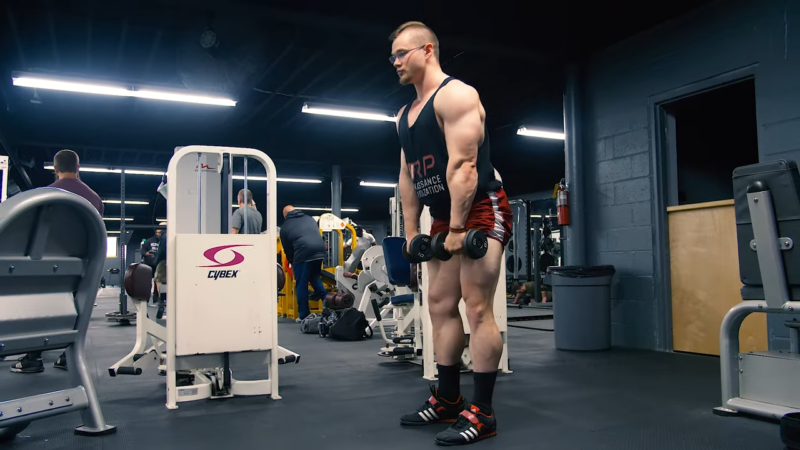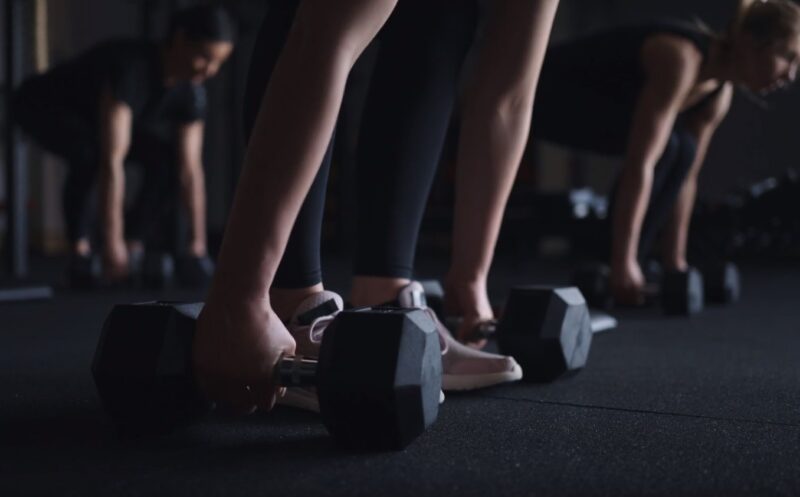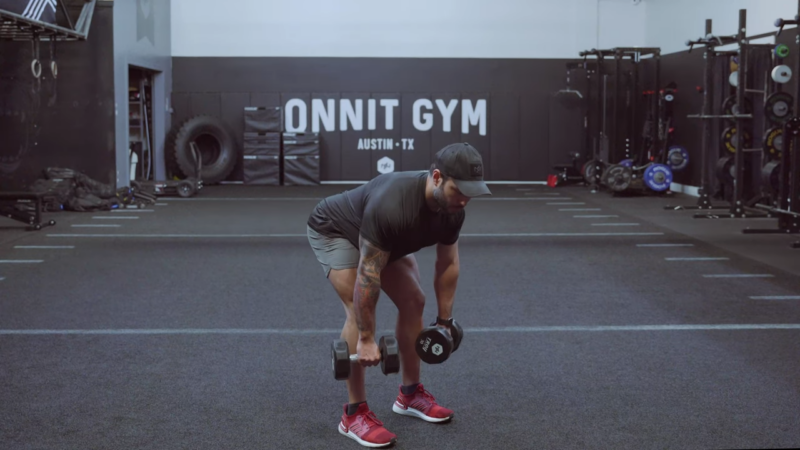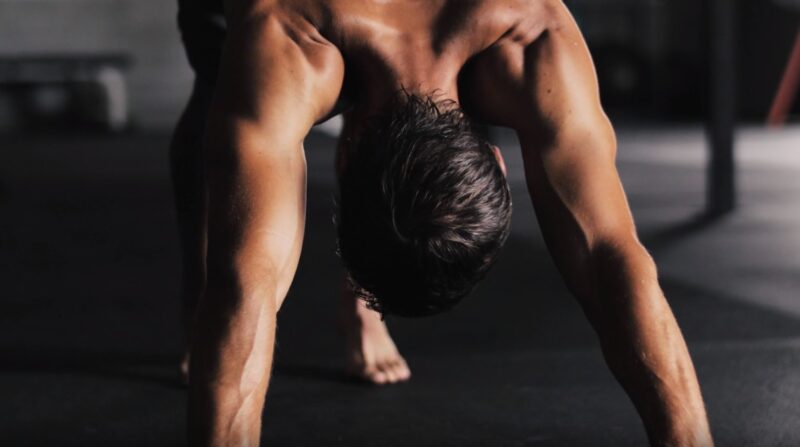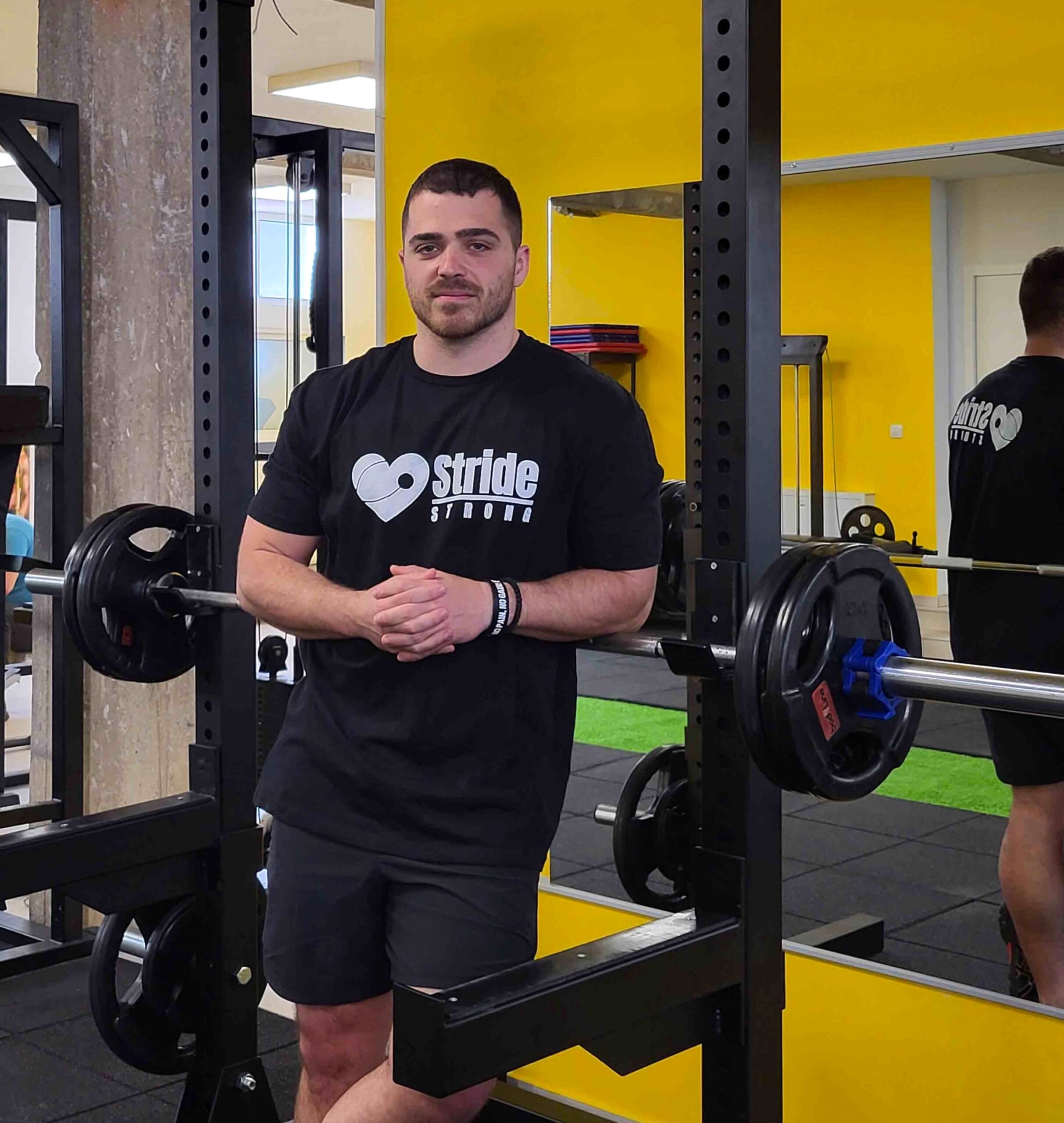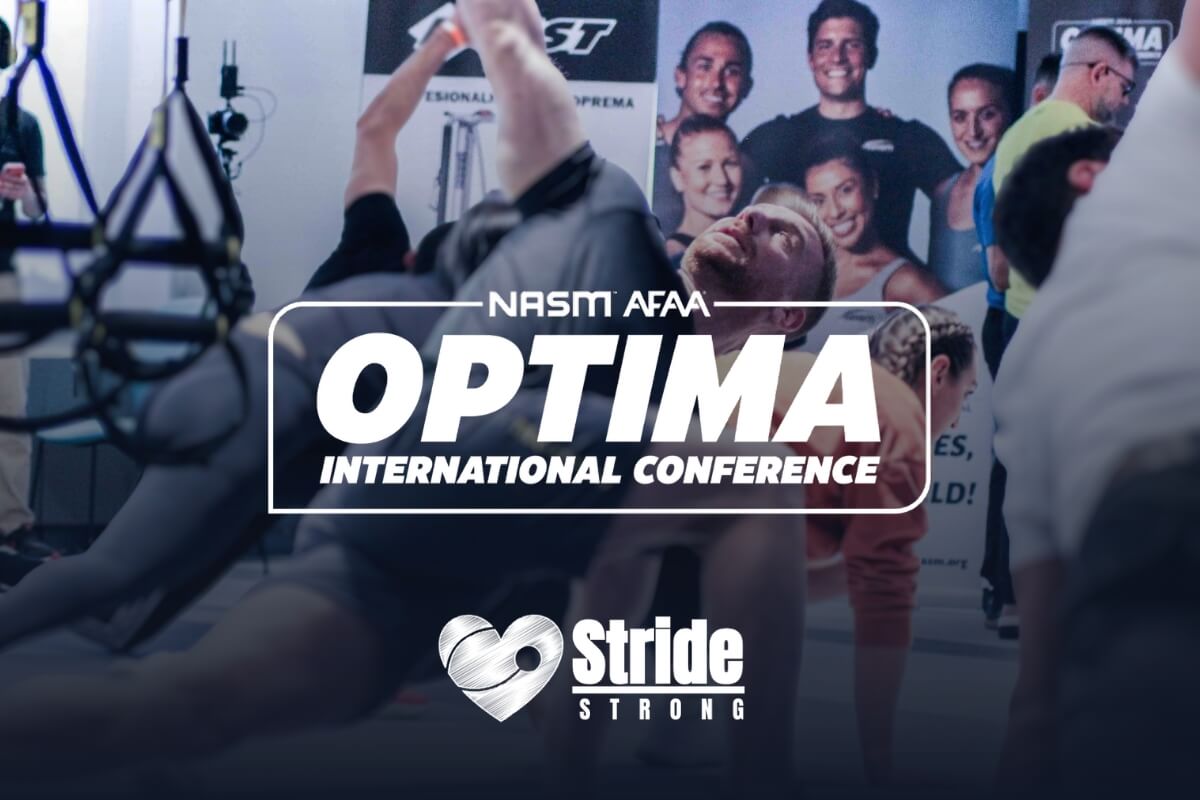Man, let me tell you about the first time I introduced a client to the dumbbell deadlift.
This guy was all about machines, thinking free weights were just a shortcut to Injury City.
But hey, I’ve been down this road, seen the magic that happens when you mix the right gear with solid technique.
So, I got him set up, dumbbells in hand, and walked him through the whole shebang – posture, grip, the works. The look on his face after that first set? Pure gold.
He couldn’t believe the difference it made, feeling muscles work he didn’t even know he had. Now, he’s a free-weight convert, and I’m just over here like, “Told ya so.”
Goes to show, the right tools and a little know-how can totally flip the script on your workout.
The Basics of Dumbbell Deadlift
The dumbbell deadlift is a compound exercise that primarily targets the lower back, glutes, and hamstrings.
It also engages the core, shoulders, and forearms. This exercise is known for improving overall strength and stability.
Proper Form and Technique
Executing the dumbbell deadlift with the correct form is crucial for effectiveness and safety. Here’s a step-by-step guide:
- Starting Position: Stand with your feet hip-width apart, holding a dumbbell in each hand. Your palms should face your body.
- The Descent: Hinge at your hips and slightly bend your knees, lowering the dumbbells towards the ground while keeping your back straight.
- The Lift: Engage your core throughout the movement. Push through your heels to return to the starting position, driving the hips forward.
Common Mistakes to Avoid
- Rounded Back: This can lead to injury. Always keep your back straight.
- Arm Lifting: The power should come from your lower body, not your arms.
- Dumbbell Positioning: Keep the dumbbells close to your body for balance and control.
Benefits of Dumbbell Deadlifts and Guide
Dumbbell deadlifts require each side of your body to work independently, leading to more profound and balanced muscle activation.
This bilateral movement ensures that both sides of your body are equally engaged, promoting symmetrical muscle development.
Core Stability
The need for stabilization during dumbbell deadlifts also means your core muscles are continuously engaged.
This not only helps in building a stronger back and abdominal muscles but also improves your overall posture and functional strength.
Versatility and Convenience
Adaptability for Various Fitness Levels
Dumbbells can be used by individuals at any fitness level. Beginners can start with lighter weights, while advanced lifters can challenge themselves with heavier dumbbells.
This adaptability makes dumbbell deadlifts a suitable exercise for everyone.
Space-Efficient and Accessible
Dumbbells require less space than barbells, making them ideal for home gyms or small workout areas.
They are also widely available at most fitness centers, making them a convenient option for many exercisers.
Reduced Risk of Imbalance
Promotes Muscular Symmetry
Since dumbbell deadlifts work each side of the body independently, they are excellent for correcting and preventing muscular imbalances.
This is especially beneficial for individuals who may have developed uneven strength levels.
Injury Prevention
By improving muscular balance and coordination, dumbbell deadlifts can also help reduce the risk of injuries.
This is particularly important for athletes and individuals engaged in physical activities that require a high level of body symmetry and balance.
Guide to Incorporating Dumbbell Deadlifts
Starting Out
- Beginners: Start with a weight that allows you to maintain proper form but is still challenging. Aim for 2-3 sets of 8-12 reps.
- Intermediate/Advanced: Increase the weight and vary the number of sets and reps. Consider incorporating 3-5 sets of 6-10 reps.
Frequency
- Include dumbbell deadlifts in your lower body or full-body workout routines 1-2 times per week.
Progression
- Gradually increase the weight as you become stronger, ensuring that you can complete your sets with good form.
- Incorporate different variations of dumbbell deadlifts to target different muscle groups and add variety to your workouts.
Safety Tips
- Always warm up before starting your workout.
- Focus on maintaining a neutral spine throughout the exercise.
- Avoid jerky movements; ensure that each rep is controlled and smooth.
- If you’re new to weightlifting or have any existing injuries, consult with a fitness professional before starting.
Variations of Dumbbell Deadlift
Single-Leg Dumbbell Deadlift
This variation targets each leg independently, improving balance and stability.
Stand on one leg, holding dumbbells in both hands. Hinge at the hip of your standing leg, extending the other leg behind you for balance.
Lower the dumbbells towards the ground, then return to the starting position.
Dumbbell Romanian Deadlift
This variation places more emphasis on the hamstrings and glutes. It involves a lesser knee bend compared to the traditional deadlift, focusing on hip hinge movement.
Dumbbell Sumo Deadlift
The sumo stance, with feet wider than shoulder-width and toes pointed out, targets the inner thighs and glutes more intensely.
The movement remains similar to the standard dumbbell deadlift.
Guide to Incorporating Dumbbell Deadlifts into Your Routine
Incorporating dumbbell deadlifts into your workout routine can significantly enhance your strength and overall fitness. Here’s a structured guide to help you integrate this exercise effectively:
Dumbbell Deadlift Routine Table
| Week | Frequency | Weight | Repetitions | Sets | Notes |
|---|---|---|---|---|---|
| 1-2 | 1x/week | Light | 8-10 | 3 | Focus on form |
| 3-4 | 2x/week | Light | 10-12 | 3 | Increase reps |
| 5-6 | 2x/week | Medium | 8-10 | 3-4 | Increase weight, adjust reps |
| 7-8 | 2x/week | Medium | 10-12 | 4 | Focus on consistent form |
| 9+ | 2x/week | Heavy | 6-8 | 4-5 | Increase weight, monitor form |
Combining with Other Exercises
For a balanced full-body workout, pair dumbbell deadlifts with upper body exercises. Here’s a suggested combination:
- Monday: Dumbbell Deadlifts + Dumbbell Presses
- Wednesday: Dumbbell Rows + Core Exercises
- Friday: Dumbbell Deadlifts + Arm Curls
Progress Tracking
Maintain a workout log to track your progress. Note down the weights, repetitions, and sets for each session. This will help you in planning when to increase the intensity.
Safety and Precautions
Warm-Up and Cool-Down
- Warm-Up: Start with 5-10 minutes of light cardio followed by dynamic stretching.
- Cool-Down: End your workout with 5-10 minutes of stretching, focusing on the muscles worked.
Listening to Your Body
- If you experience pain or discomfort beyond normal muscle fatigue, pause your workout.
- Adjust the weight or form as needed.
Seeking Professional Advice
- Especially important for beginners or those with pre-existing conditions.
- A fitness professional can provide personalized guidance.
FAQs
Can dumbbell deadlifts help with weight loss?
Yes, dumbbell deadlifts can aid in weight loss as part of a comprehensive fitness program.
They are a high-intensity exercise that burns calories and builds muscle, which can boost your metabolism. However, for effective weight loss, they should be combined with a balanced diet and other forms of exercise.
Are dumbbell deadlifts suitable for seniors?
Dumbbell deadlifts can be suitable for seniors, but it’s crucial to use lighter weights and focus on proper form to avoid injury.
Seniors should consult with a healthcare provider or a fitness professional before starting any new exercise regimen, especially if they have pre-existing health conditions.
How do dumbbell deadlifts compare to squats in terms of muscle engagement?
While both exercises are effective for lower body strength, they target muscles differently.
Squats primarily focus on the quadriceps, glutes, and hips, while dumbbell deadlifts target the lower back, hamstrings, and glutes more intensely. Both exercises engage the core and stabilizer muscles.
Can I perform dumbbell deadlifts if I have lower back pain?
If you have lower back pain, it’s essential to consult with a healthcare professional before performing dumbbell deadlifts.
While the exercise can strengthen the lower back when done correctly, improper form or excessive weight can exacerbate back pain.
How long does it typically take to see results from doing dumbbell deadlifts?
The time it takes to see results from dumbbell deadlifts varies depending on your fitness level, frequency of exercise, diet, and overall lifestyle.
Generally, with consistent training and proper nutrition, noticeable improvements in strength and muscle tone can be seen within 6 to 8 weeks.
Are there any specific breathing techniques to follow while performing dumbbell deadlifts?
Yes, proper breathing is important. Inhale as you lower the dumbbells, keeping your core engaged.
Exhale as you lift, pushing through your heels and driving your hips forward. This breathing pattern helps maintain core stability and maximizes power and efficiency during the lift.
